![]()
Welcome to our website all about living in, working in, and travelling to Norway. Here are the basics about the Scandinavian country.
However you've ended up here on Life in Norway, welcome! This page is designed as a starting point for a new user. Whether you're planning a trip, curious about the society, investigating your heritage or even considering relocation, you're in the right place!
We'll tell you a little about Norway. Then, we'll direct you to our best content on the country, whatever you're looking for.
Where is Norway?
The Kingdom of Norway is a sovereign nation on the Scandinavian peninsula in northern Europe. It's pretty easy to pick out on a map.
Norway is known for its epic coastline the stretches from Sweden all around the southern and central mountains, and all the way up to the Russian border.
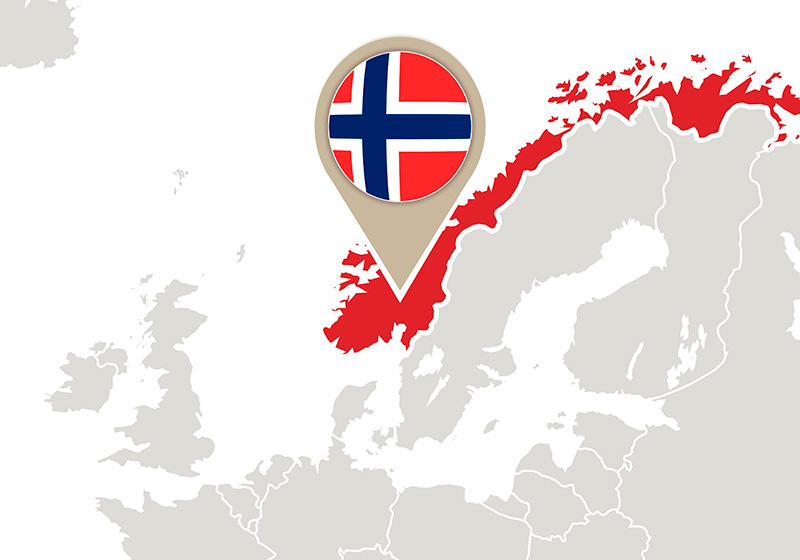
Denmark, Norway and Sweden together make up Scandinavia, while the Scandinavian countries plus Finland and Iceland are collectively known as the Nordic countries.
Scandinavia is characterized by common North Germanic heritage and culture, and a set of languages that are, to a large extent, mutually intelligible. So similar are the languages that some linguists argue that Norwegian, Swedish and Danish are really just strong variants of a standard Scandinavian language.
Administered by Norway, the Arctic archipelago of Svalbard contains some of the world's most remote communities. The land mass is vast, ranging from 74° to 81° north latitude, and from 10° to 35° east longitude. Learn more about living on Svalbard.
Government & Politics
Norway is a constitutional monarchy and divides state power between the Parliament, the Cabinet, and the Supreme Court. The signing of the constitution in 1814 was an important milestone for modern Norway, although full independence from Sweden was not achieved until 1905.
The Economist Intelligence Unit rated Norway a “full democracy” in 2019. More recently, the Freedom in the World report from Freedom House awarded Norway maximum points in political rights and civil liberties.
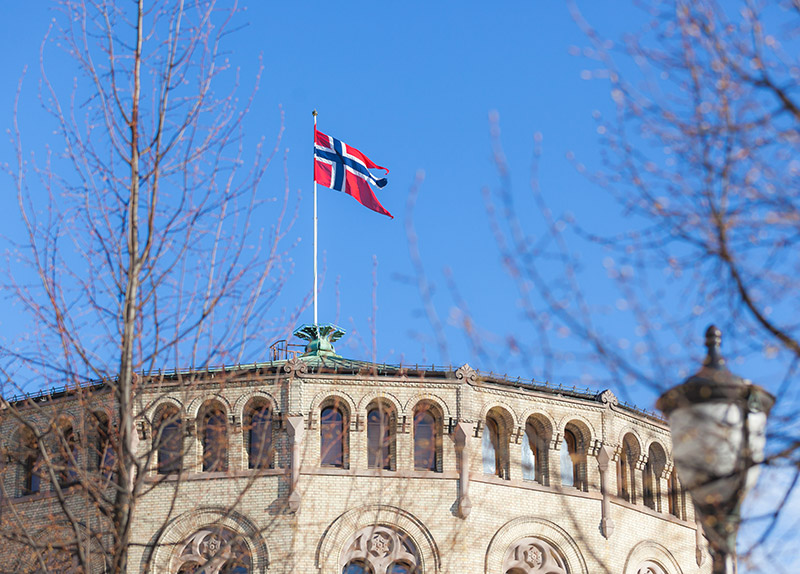
The current prime minister is Erna Solberg, who has held the post since 2013. She leads a centre-right coalition government. The largest individual party in the Norwegian parliament is the Labour party, the main opposition party.
Coalition governments are the norm in Norwegian politics. Since 1961, no single party has commanded a majority in parliament. Non-left leaning governments have been full coalitions, while Labour-led governments have either been coalitions, or relied on the support of other parties to achieve a majority vote.
In 1981, Labour leader Gro Harlem Brundtland became Norway's first female prime minister. She eventually served three terms. Her strong influence over politics and society earned her the nickname “national mother.”
Geography & Climate
Norway shares a long land border with Sweden. The country is also bordered by Finland and Russia to the north-east, with an extensive coastline facing the Atlantic Ocean and the Barents Sea.
As previously mentioned, the long coastline influences the country's climate. Coastal Norway is wet and mild whereas inland regions are cooler and drier with longer winters.
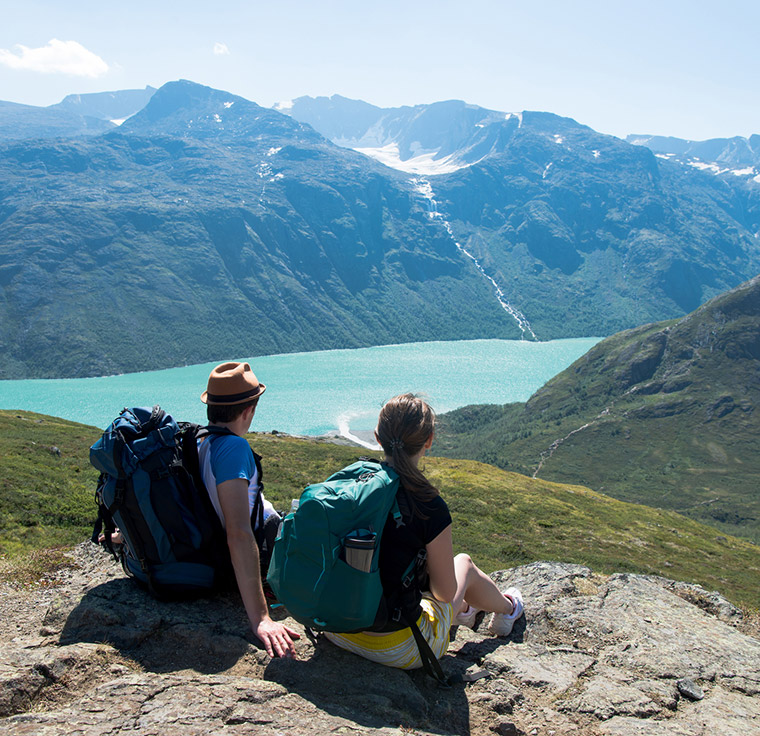
However, due to the Gulf Stream the coastal areas are rather mild in the winter time and all parts of the country can experience surprisingly warm summers. Learn more here about what to expect from the weather in Norway.
The natural environment is truly diverse. Northern Europe's tallest mountains, retreating glaciers and the famous fjords define much of the landscape. Due to the country's terrain, most major towns are located on the coastline or by fjords.
The landscape is a major driver of the tourism industry. Visitors come to Norway from all over the world to experience the fjords and climb mountains. Northern Norway has its own set of natural attractions, including the northern lights.
The economy of Norway
Norway maintains a combination of a market economy and a Nordic welfare model with universal healthcare and a comprehensive social security system. According to both the World Bank and IMF, Norway has the fourth-highest per capita income in the world.
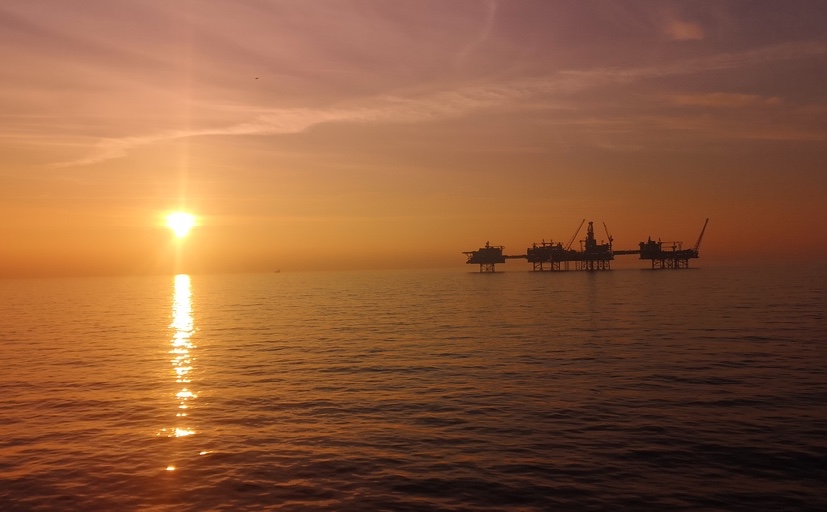
Despite the recent downturn, the oil and gas industry remains of critical importance to the nation's economy. Outside of the Middle East, Norway is the world's largest producer of oil and natural gas. The industry accounts for around 25% of Norway's GDP.
However, Norway's economy is in a state of transition. The oil and gas will not last forever, and the government is making substantial investment in other technologies. Norway's domestic power needs are met almost exclusively by renewable energy. Seafood, shipping and tourism are among the other important industries.
The Government Pension Fund Global is saving for future generations in Norway. The market value today stands at more than NOK 10,000,000,000,000. The fund is integrated into the government budget.
A fundamental principle of Norwegian fiscal policy is the so-called budgetary rule. It states that over the course of a business cycle, the government may only spend the expected real return on the fund, estimated at 4 percent per year.
This helps to gradually phase oil revenue into the economy. Spending just the return on the fund rather than eating into its capital means that the fund will also benefit future generations.
History
The Kingdom of Norway has a fascinating history that stretches far back before the Vikings.
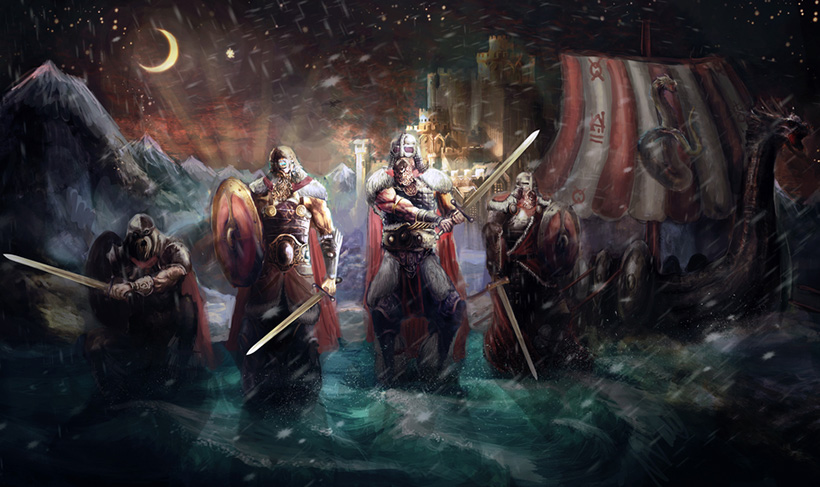
But of course, it's the Vikings that first spring to mind when most people consider Norwegian history. We get so many questions on the topic that we started our own Vikings blog. There, we cover topics as diverse as the timeline and major events, to what the people wore.
Norway's history is also intertwined with that of Denmark and Sweden, especially during the late Middle Ages. Various unions and wars with Denmark and Sweden have defined Scandinavia as we know it today.
From the peninsula's first settlers in the prehistoric age through to the discovery of oil that changed the fortunes of the nation, learn more about the history of Norway.
